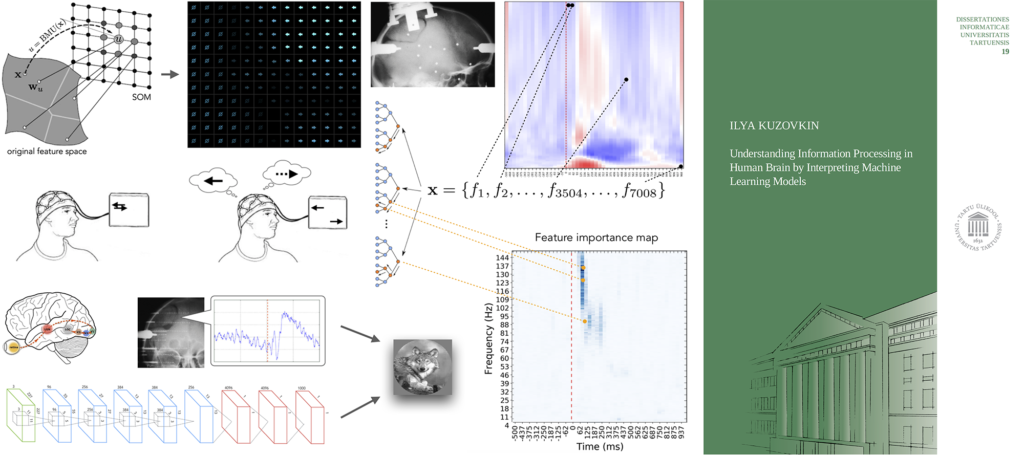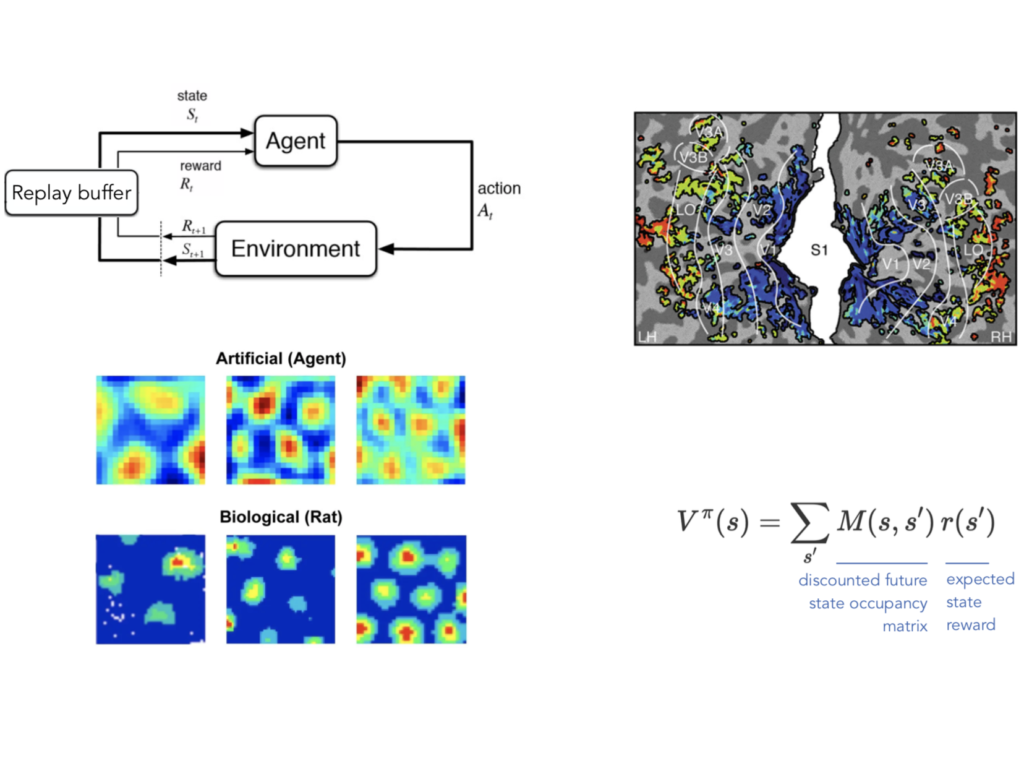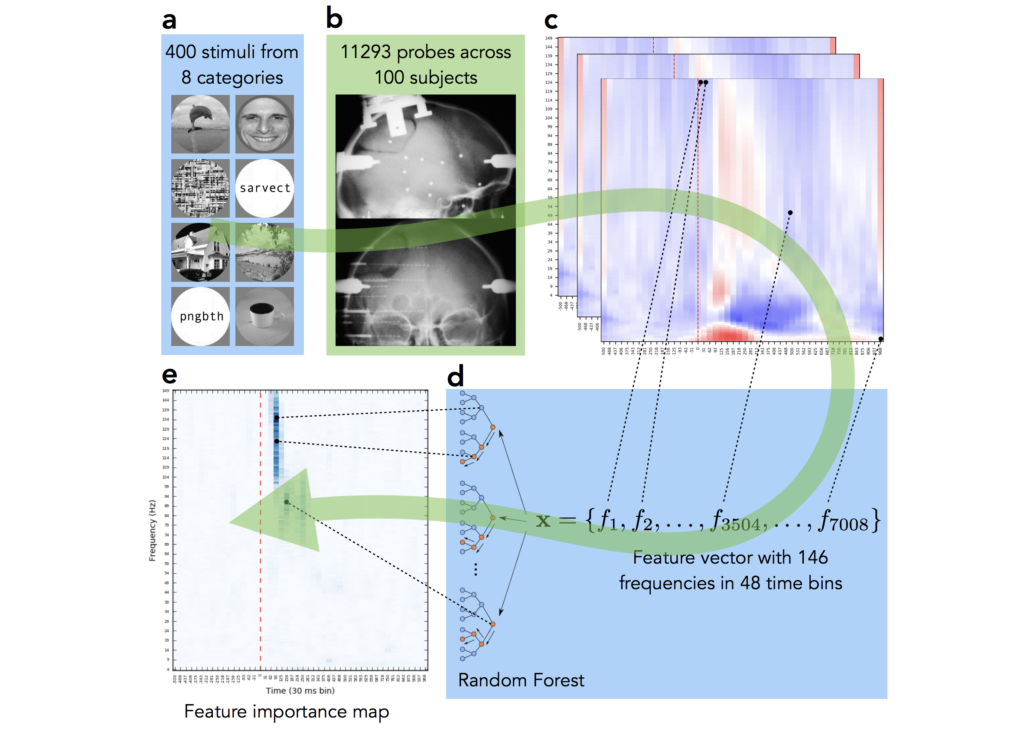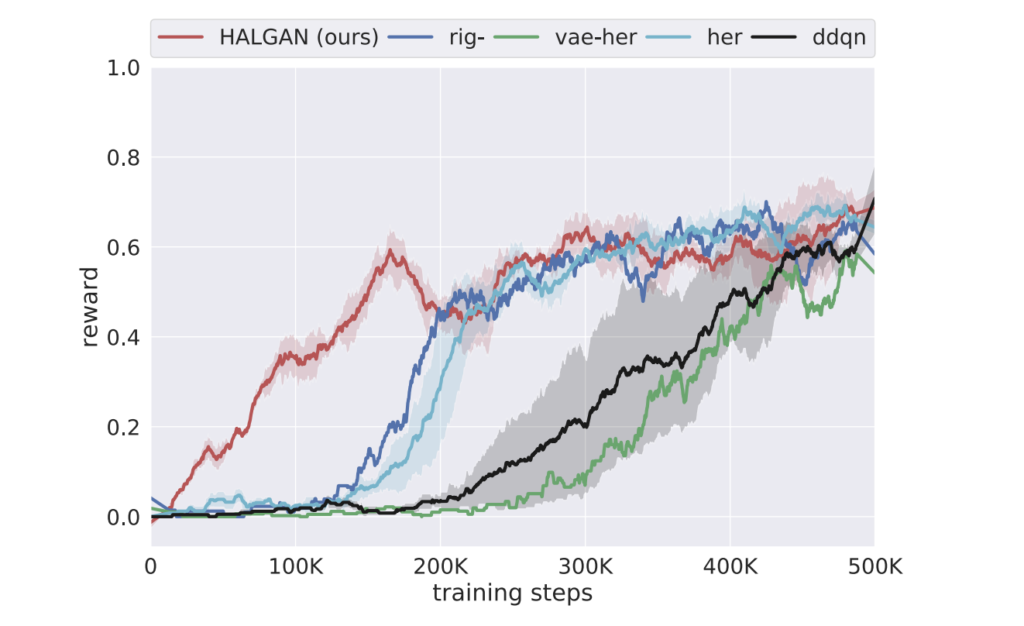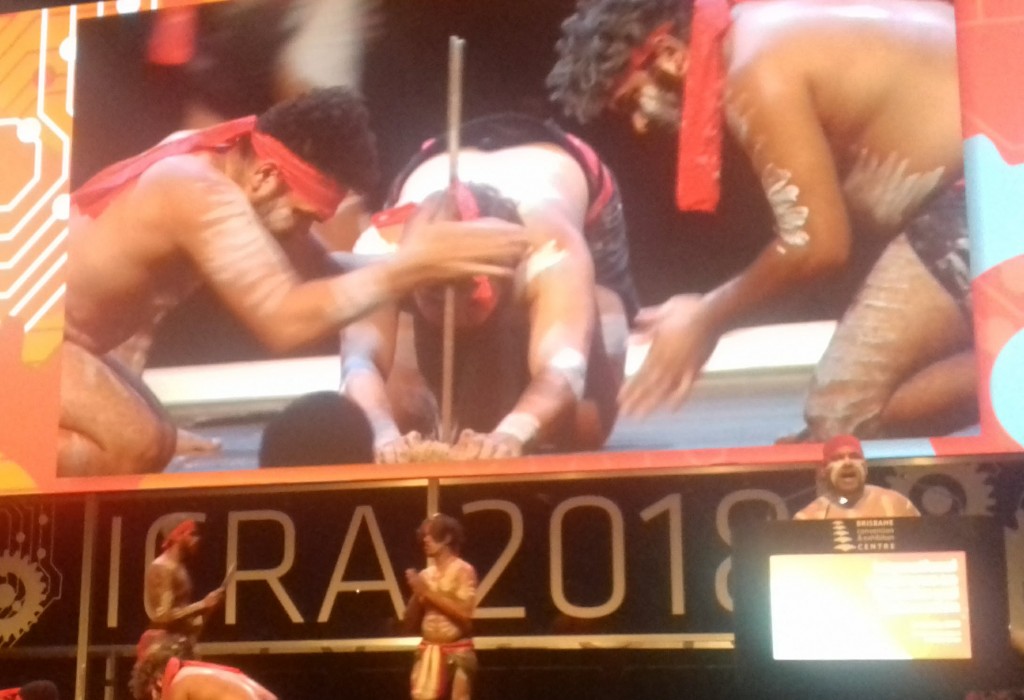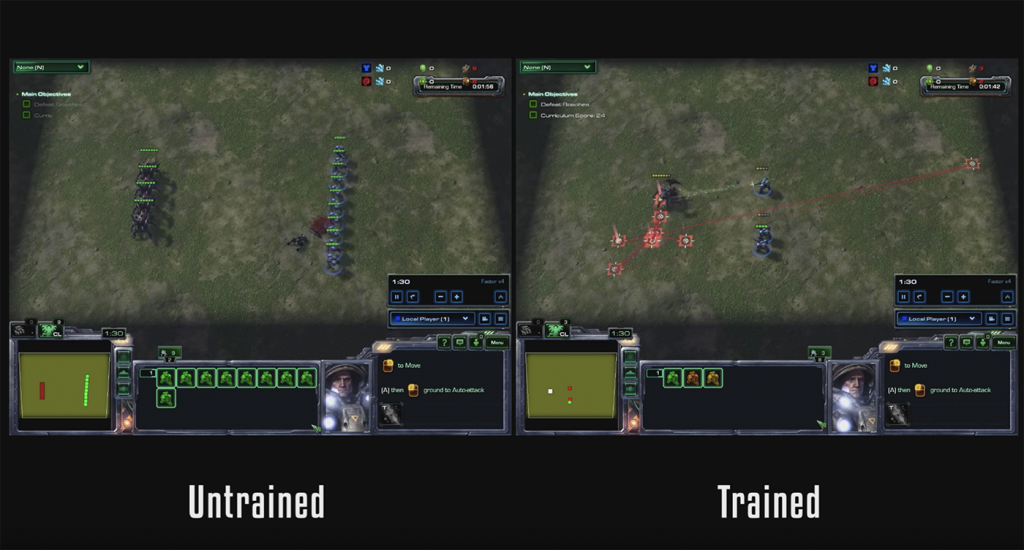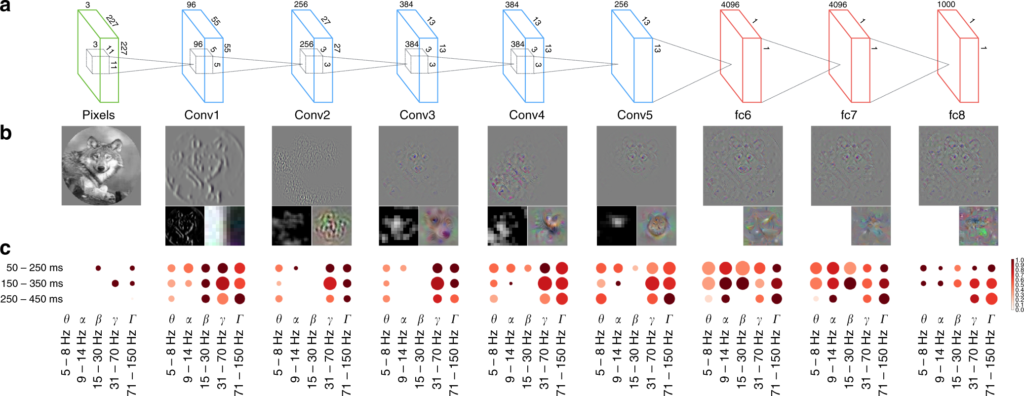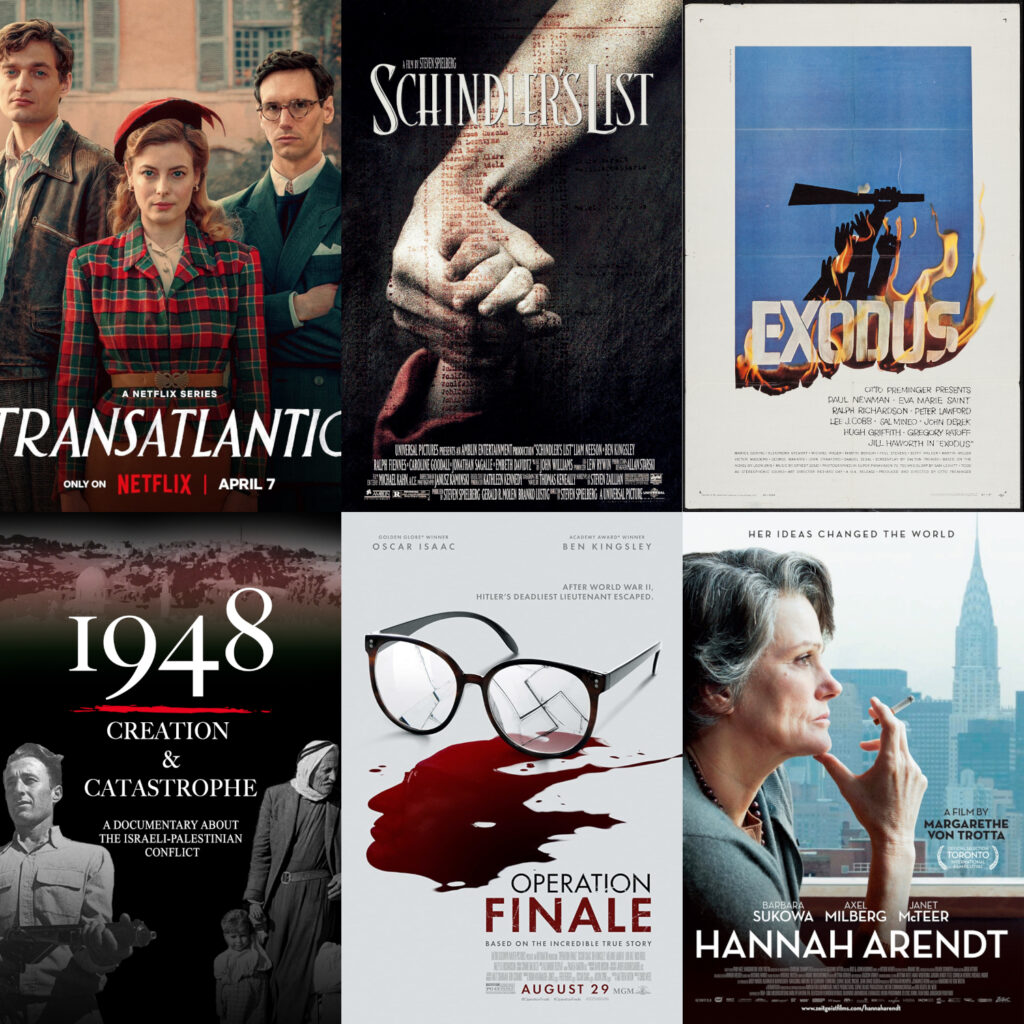on Neuroscience, AI, Machine Learning, Reinforcement Learning, Robotics, Brain-Computer Interfaces, and other things
Hi and Welcome!
This page serves as my intro and a hub for occasional writings and slides on the topics of neuroscience, AI, and pretty much anything. To get in touch on professional matters please connect and message via LinkedIn. For occasional posts, updates and discussions follow my Twitter / X.
My core interests lie on the intersection of artificial intelligence and neuroscience, the use of artificial neural networks to help us understand how the brain works, neurotechnolgy in general, and brain-computer interfaces in particular. Since 2023 I am heading up a neurotechnology and AI advisory company Neurotech Lab that provides consultations and research services on AI techniques and data analysis for neuroscience and neurotechnology sectors.
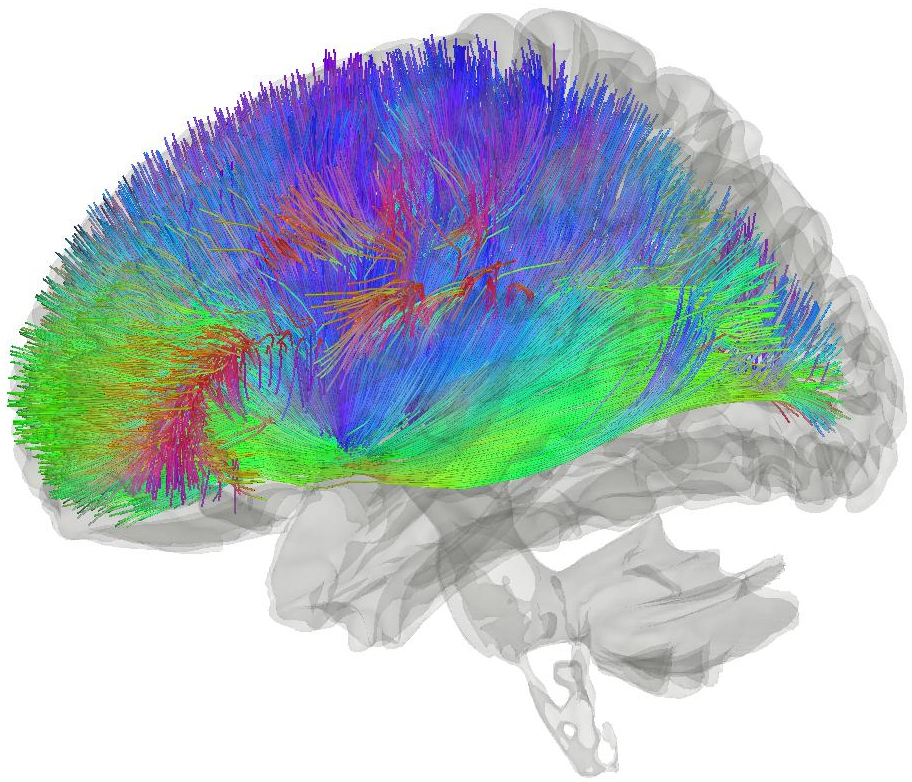 Sometime during my PhD studies I moved from Tartu to Sydney, where I co-led the data science team of Omniscient Neurotechnology, an FDA-approved neurotechnology company, to apply machine learning and deep learning methods to human fMRI recordings and develop techniques to discover biomarkers of neurological conditions in human connectomes.
Sometime during my PhD studies I moved from Tartu to Sydney, where I co-led the data science team of Omniscient Neurotechnology, an FDA-approved neurotechnology company, to apply machine learning and deep learning methods to human fMRI recordings and develop techniques to discover biomarkers of neurological conditions in human connectomes.
The beginning of my PhD coincided with the “AI spring” of 2012, when Deep Neural Networks have first revolutionized the field of computer vision, and then several other fields of computer science followed. One particular field that was propelled by DNNs was Reinforcement Learning – a framework for building intelligent agents that learn continuously from interactions with the surrounding environment.
 Robotics is one of the applications that naturally fits the Reinforcement Learning framework. This jumpstarted my involvement with a fascinating robotics company OffWorld, Inc. based in Pasadena, CA. Here, as employee #1, I have architected the long-term strategy on the application of machine learning to autonomous robotic agents, and then, as the Head of Machine Learning Strategy and Research, oversaw the development of ML and RL methods that are applicable to real-world robots, increasing their autonomy to the level necessary for operating with minimal human oversight.
Robotics is one of the applications that naturally fits the Reinforcement Learning framework. This jumpstarted my involvement with a fascinating robotics company OffWorld, Inc. based in Pasadena, CA. Here, as employee #1, I have architected the long-term strategy on the application of machine learning to autonomous robotic agents, and then, as the Head of Machine Learning Strategy and Research, oversaw the development of ML and RL methods that are applicable to real-world robots, increasing their autonomy to the level necessary for operating with minimal human oversight.
 During my years at University of Tartu, Estonia AI became my major focus and the main subject of study, allowing me in to join 2013 a newly formed Natural and Artificial Intelligence Lab at the Institute of Computer Science of University of Tartu, Estonia. Here both ML and Neuro knowledge were exactly the right tools to analyze a unique dataset of intracoritcal recordings from more than 100 human participants, explore the intersection of machine learning and neuroscience, and to work on my PhD thesis on “Understanding Information Processing in Human Brain by Interpreting Machine Learning Models” where I compare biological and artificial models of vision and explore the importance of explainability of machine learning models for gaining neuroscientific insights from models trained on brain data.
During my years at University of Tartu, Estonia AI became my major focus and the main subject of study, allowing me in to join 2013 a newly formed Natural and Artificial Intelligence Lab at the Institute of Computer Science of University of Tartu, Estonia. Here both ML and Neuro knowledge were exactly the right tools to analyze a unique dataset of intracoritcal recordings from more than 100 human participants, explore the intersection of machine learning and neuroscience, and to work on my PhD thesis on “Understanding Information Processing in Human Brain by Interpreting Machine Learning Models” where I compare biological and artificial models of vision and explore the importance of explainability of machine learning models for gaining neuroscientific insights from models trained on brain data.
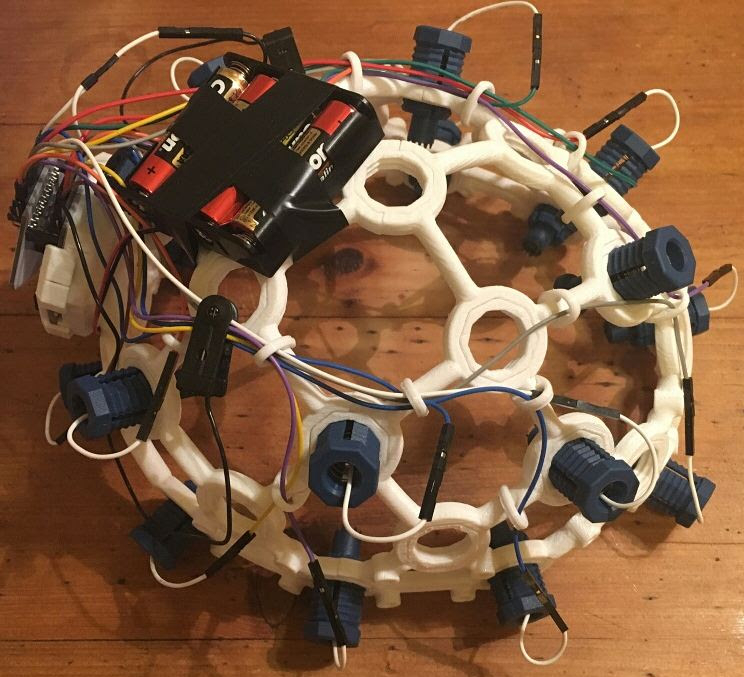 Looking back, what will become a career in machine learning and neurotechnology, started in 2010 as an almost science-fictional appeal of the brain-computer interface technology.
The fact that the brain activity in different mental states results in measurably different signals is astonishing, as it means that our brain can be directly connected to various external systems and devices, not only to our body. The field of brain-computer interfaces or BCIs lies on the intersection of neuroscience and machine learning and explores this possibility.
Looking back, what will become a career in machine learning and neurotechnology, started in 2010 as an almost science-fictional appeal of the brain-computer interface technology.
The fact that the brain activity in different mental states results in measurably different signals is astonishing, as it means that our brain can be directly connected to various external systems and devices, not only to our body. The field of brain-computer interfaces or BCIs lies on the intersection of neuroscience and machine learning and explores this possibility.
Neuroscience
My PhD Thesis “Understanding Information Processing in Human Brain by Interpreting Machine Learning Models”
It has been a very long time since humans began to use their reasoning machinery…
The Brain and the Modern AI: Drastic Differences and Curious Similarities
In this presentation we use Marr’s three levels of analysis to approach the question of…
Identifying spectral signatures of perceptual categorization in the human cortex
This is a cover story for the research paper by Ilya Kuzovkin, Juan R. Vidal, Marcela Perrone-Bertlotti, Philippe Kahane, Sylvain Rheims, Jaan Aru, Jean-Philippe Lachaux, Raul Vicente Identifying task-relevant spectral…
ML / AI / CS
Extending HER to visual domain with GANs
Cover story for the research paper by Himanshu Sahni, Toby Buckley, Pieter Abbeel and Ilya…
Notes on ICRA 2018
Here are my notes from my first ever visit to a robotics conference — ICRA…
Thesis supervision | Roman Ring: Replicating DeepMind StarCraft II Reinforcement Learning Benchmark with Actor Critic Methods
Roman replicated DeepMind’s StartCraft II benchmarks (https://arxiv.org/abs/1708.04782) and it totally works! Github: inoryy/pysc2-rl-agent Youtube: (D)RL…
Talks and Lectures
The Brain and the Modern AI: Drastic Differences and Curious Similarities
In this presentation we use Marr’s three levels of analysis to approach the question of…
Conference talk | Activations of deep convolutional neural networks are aligned with gamma band activity of human visual cortex @ SfN 2018
Conference talk based on the research paper byIlya Kuzovkin, Raul Vicente, Mathilde Petton, Jean-Philippe Lachaux,…
Deep Learning: Theory, History, State of the Art & Practical Tools
Deep Learning: Theory, History, State of the Art & Practical Tools from Ilya Kuzovkin An…
Essays and Culture
On The Banality of Evil: a Cinematic Story
Watching a movie or reading a book can elicit a unique feeling of recognition when…
